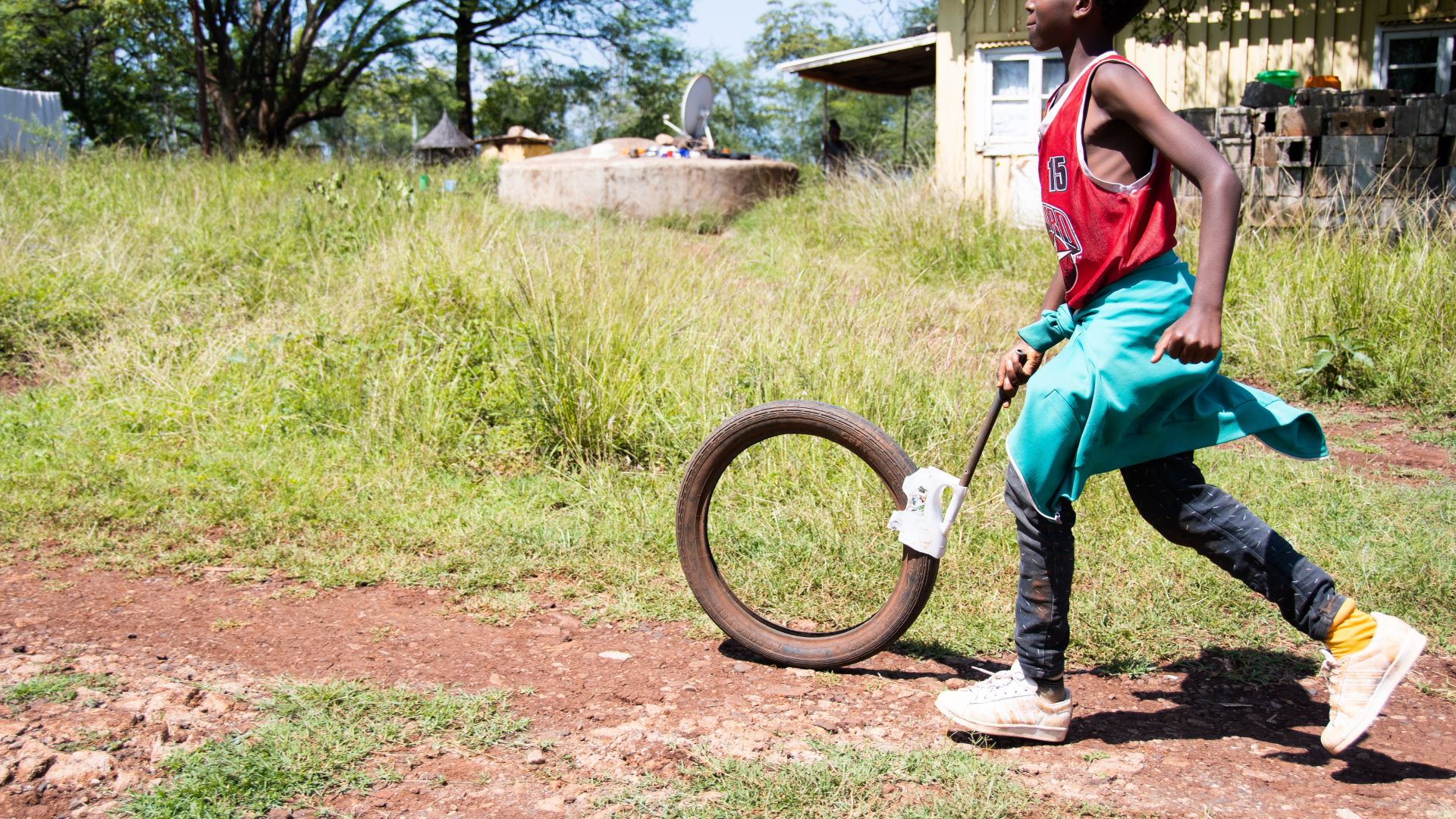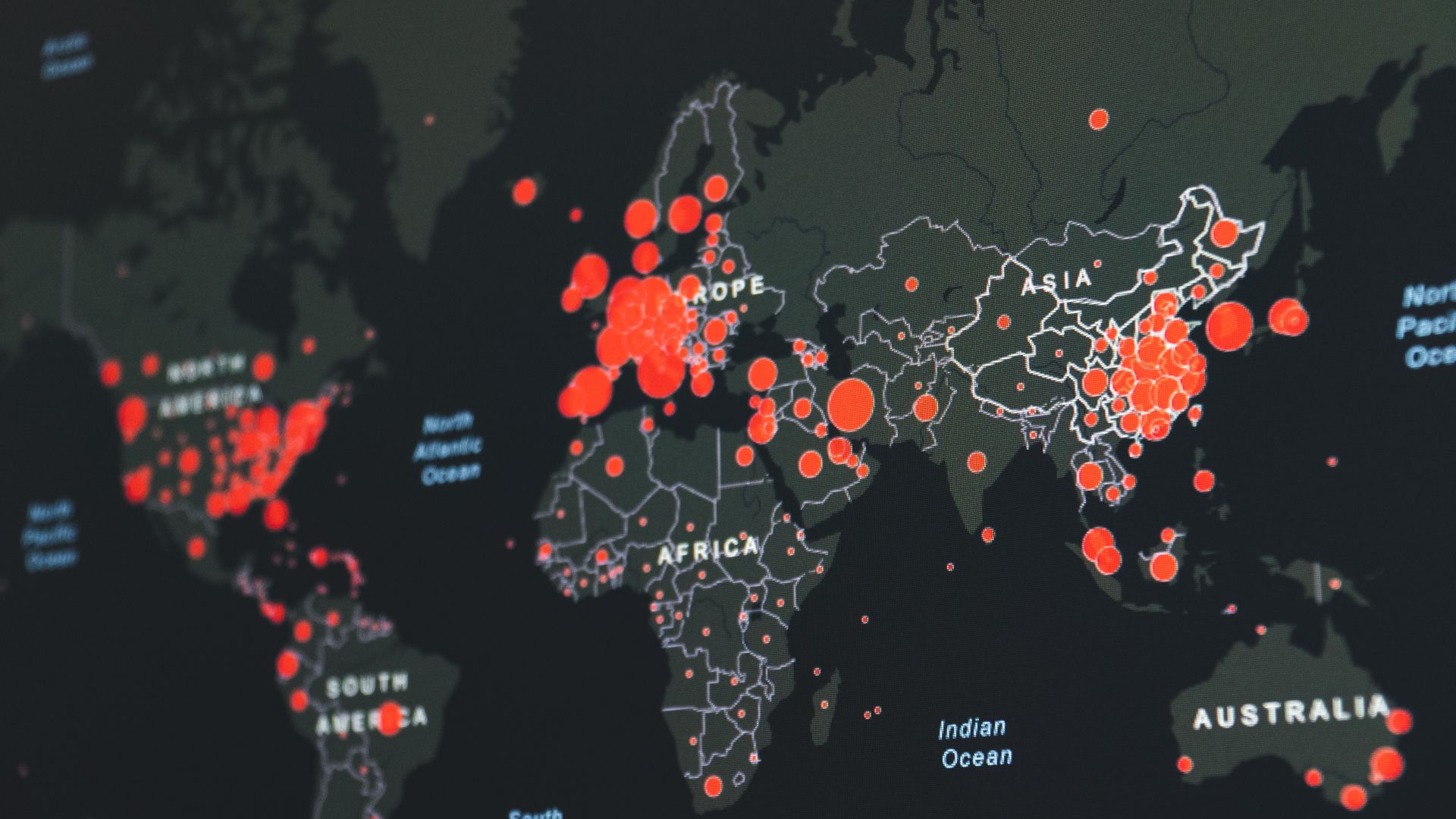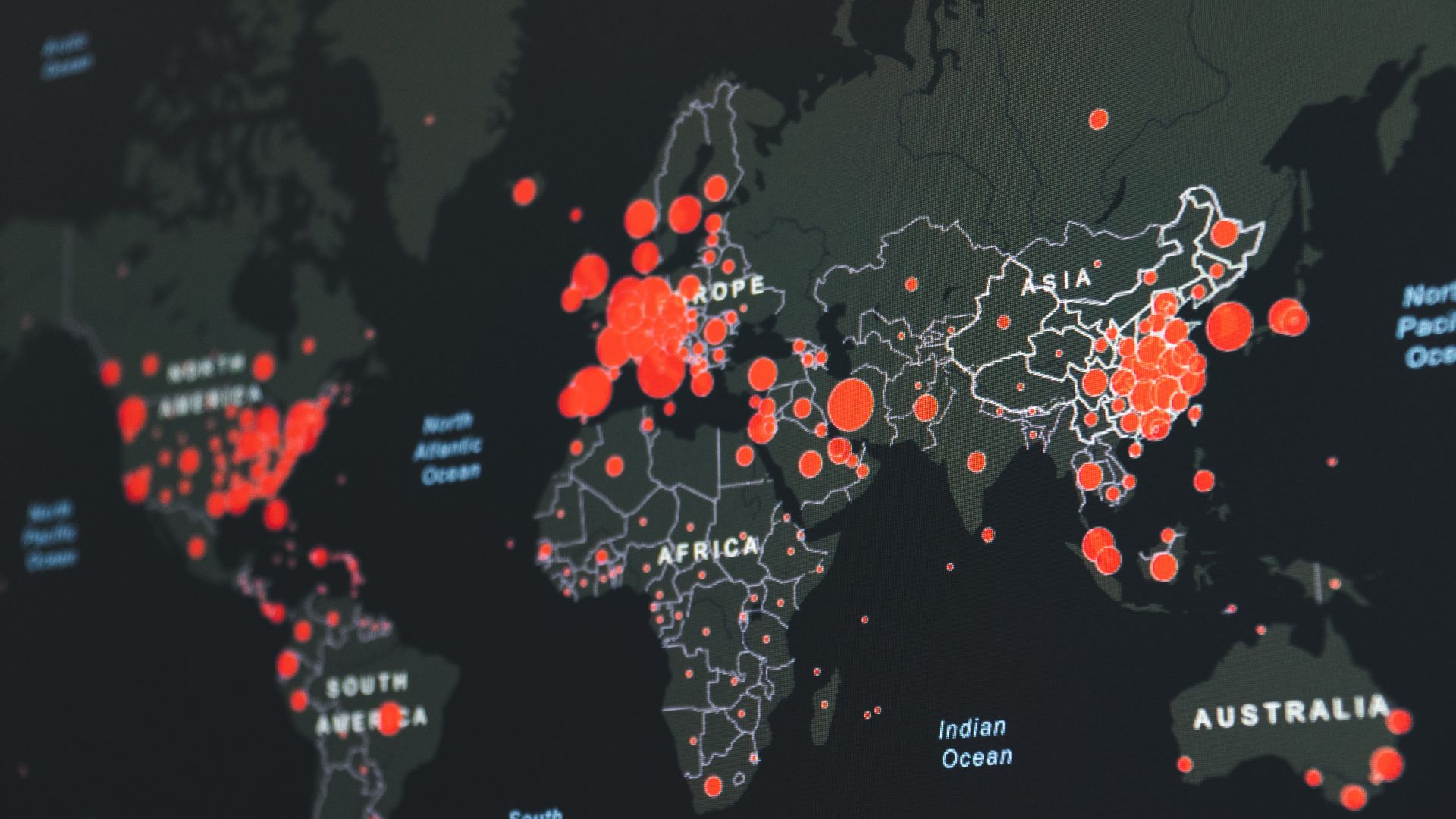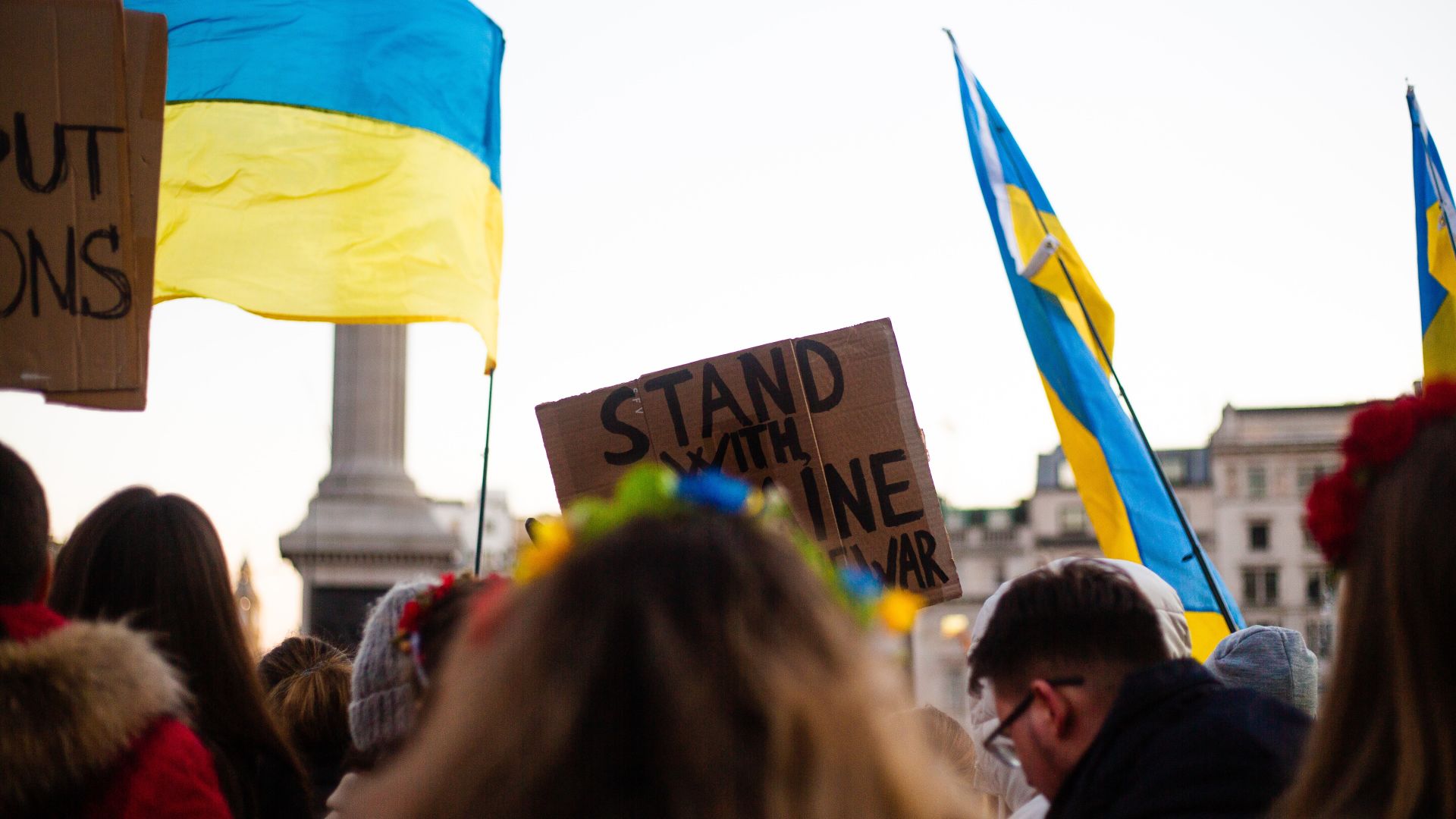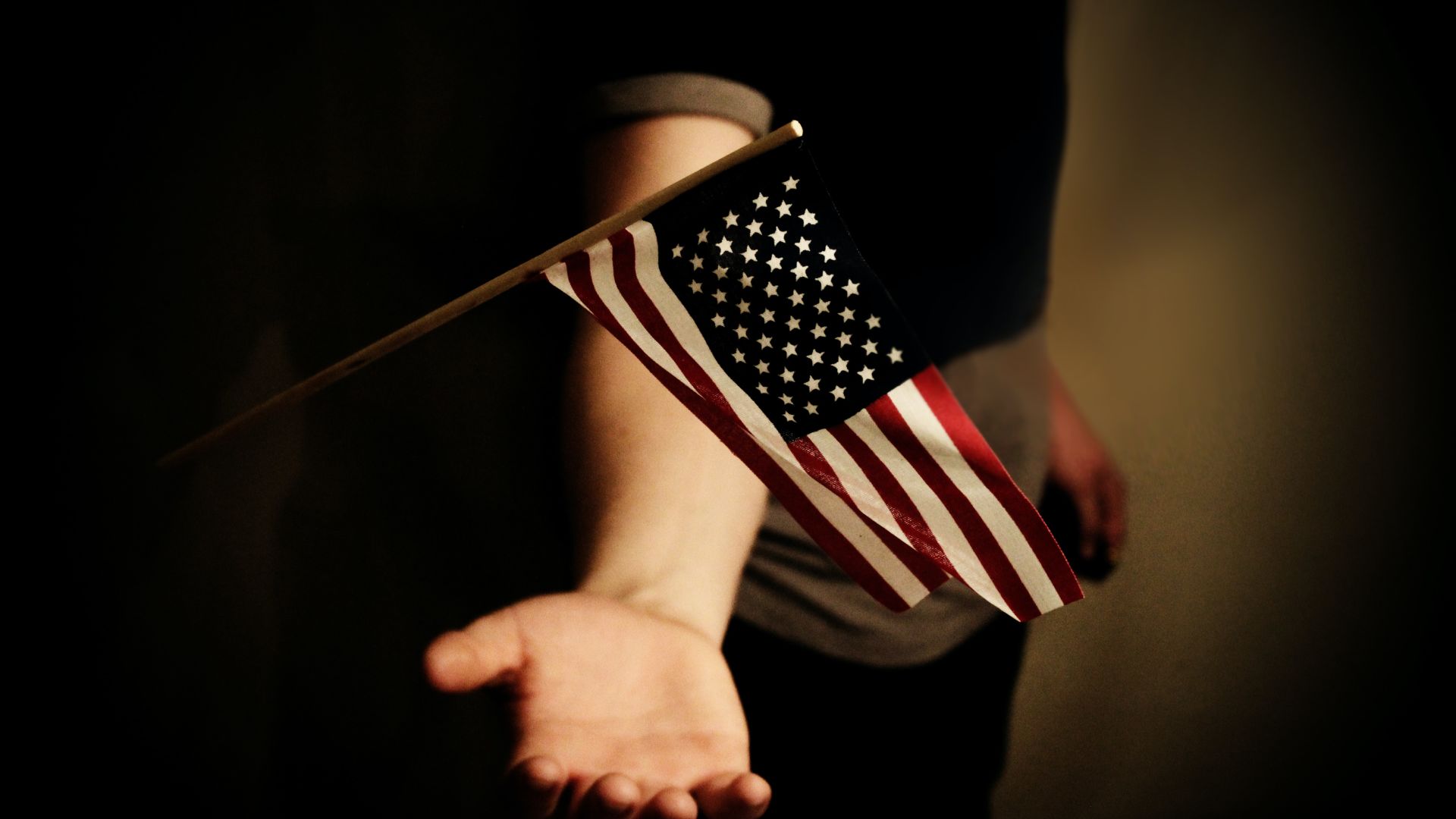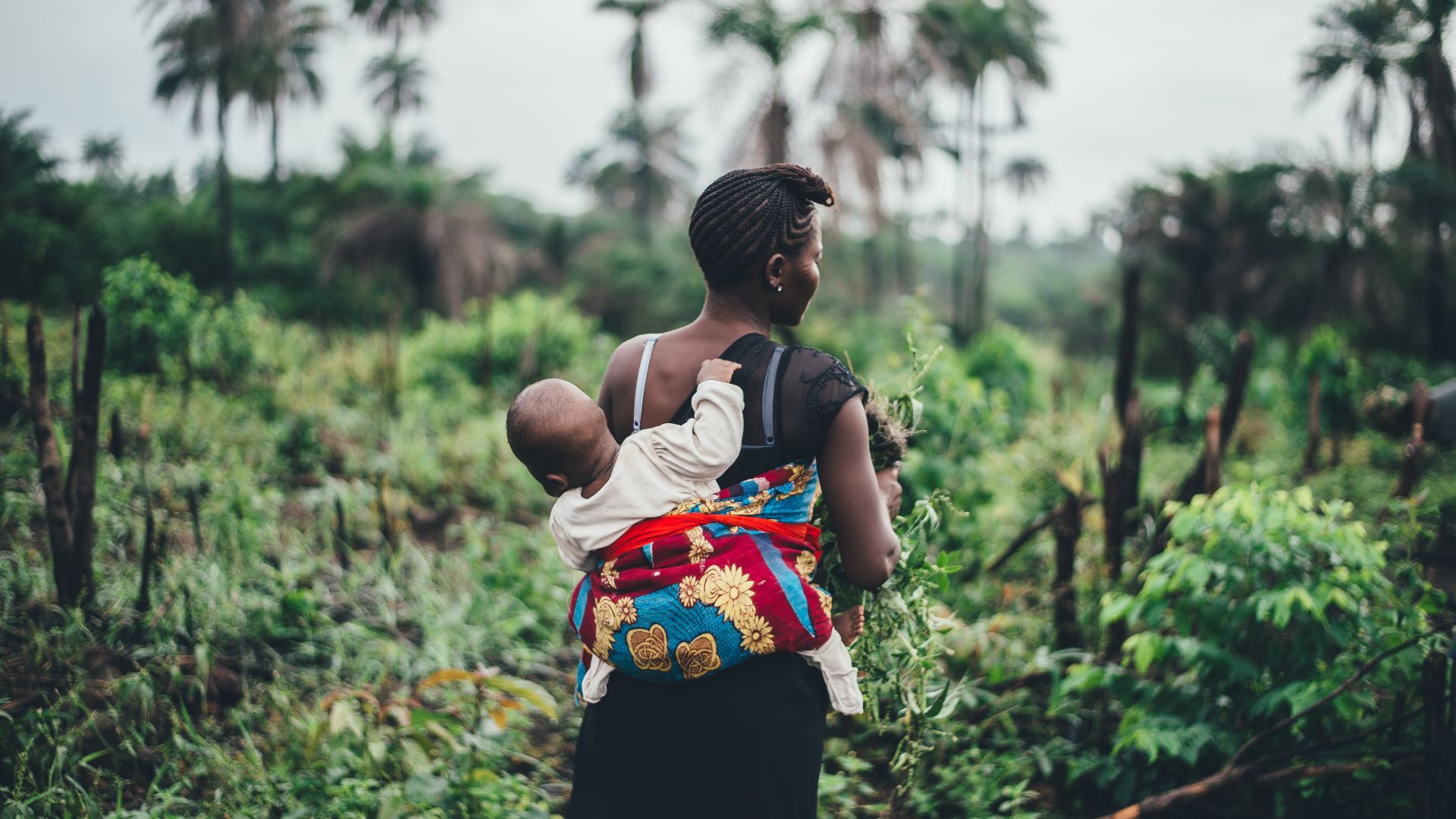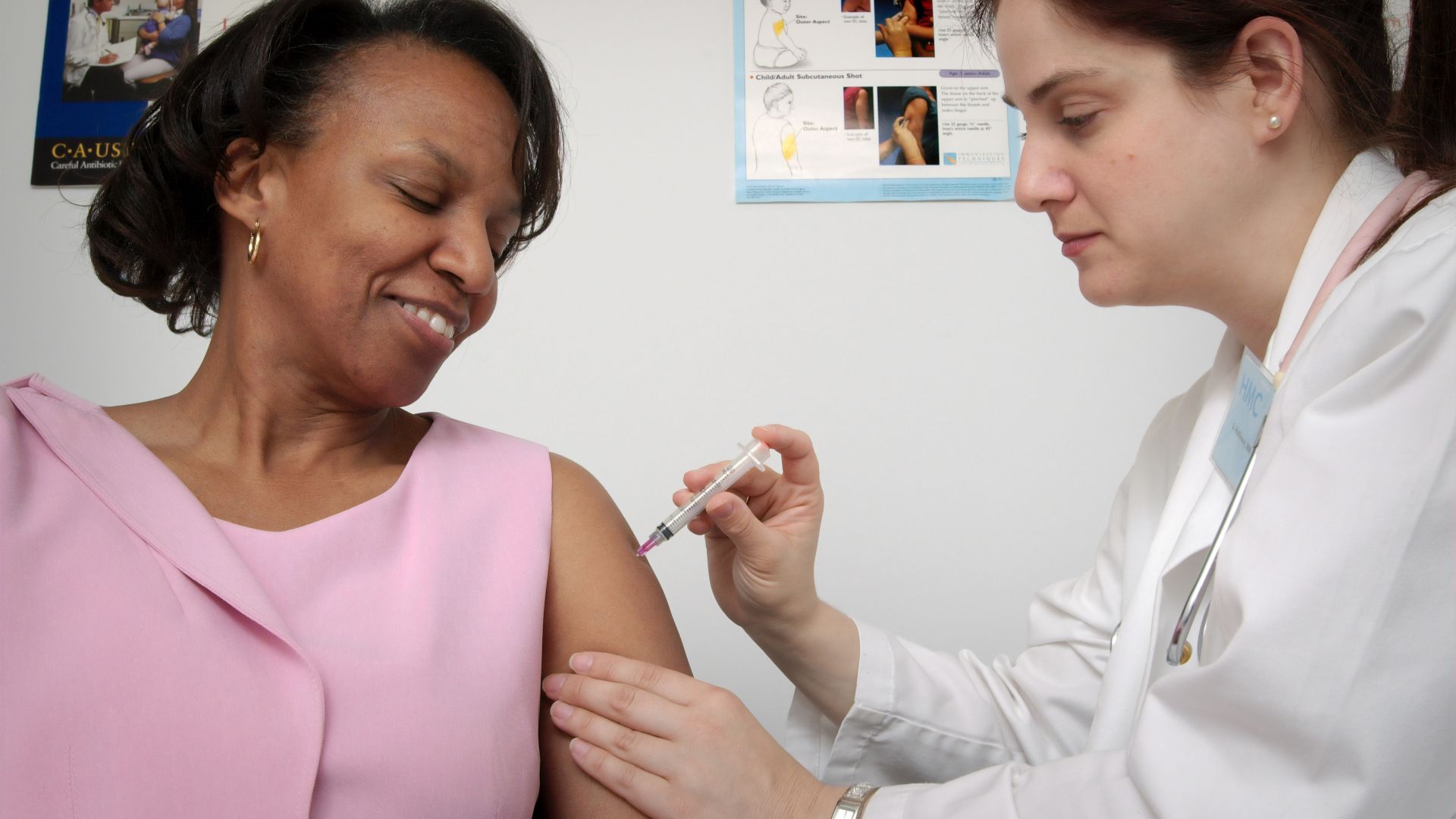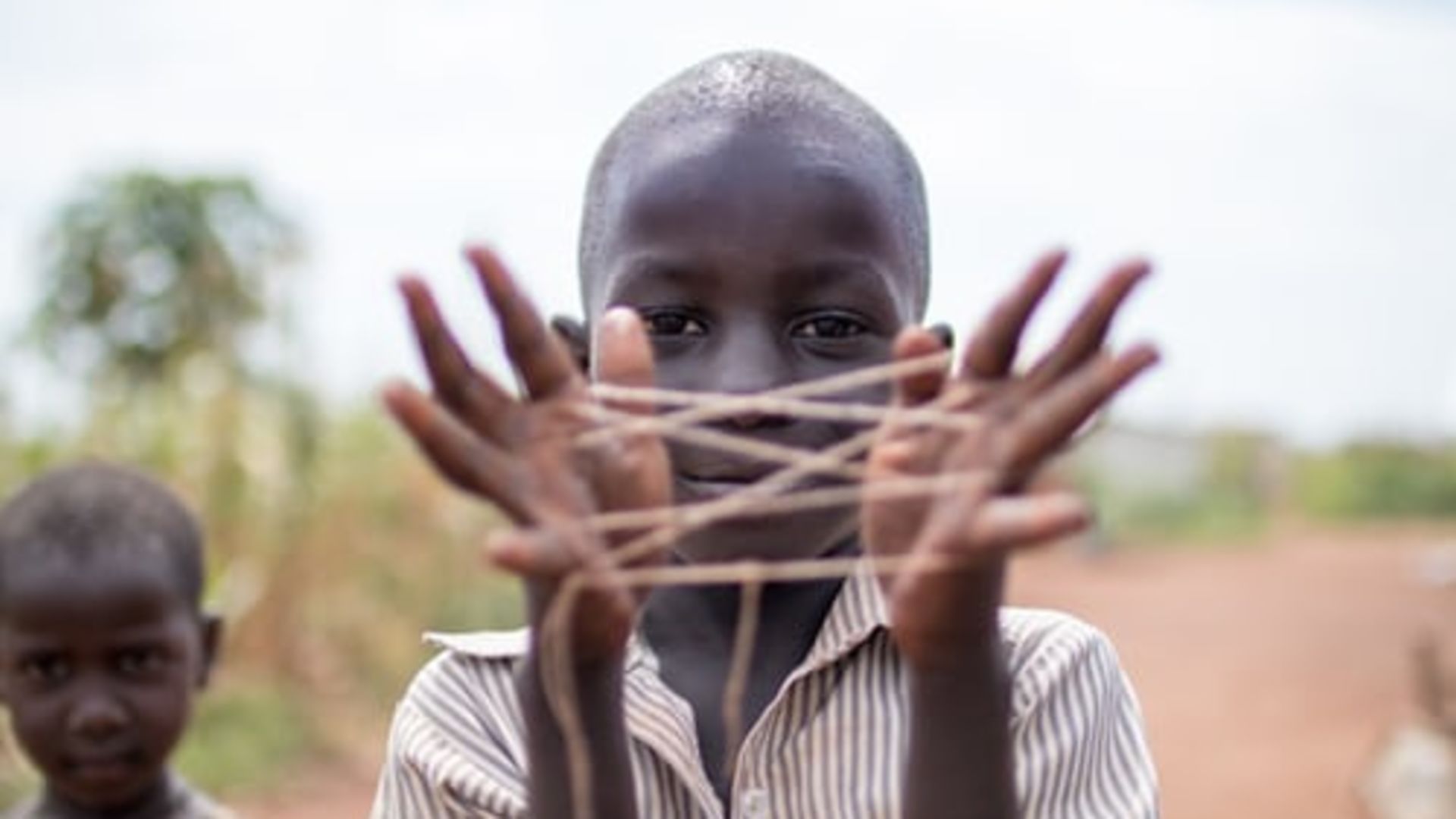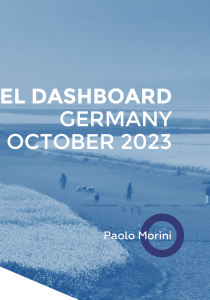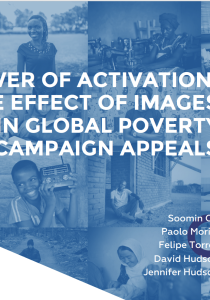
Our new gender survey, completed in February 2023, was one of the most in-depth examinations of public attitudes France, Germany, the United States and Great Britain toward the state of gender equality globally. We embarked on this survey largely because we had noticed – along with our NGO and government partners in those four countries – that gender issues typically score relatively low among the public’s other global priorities. At the same time, donor governments were announcing key policies and frameworks to tackle gender inequality, namely the Feminist Foreign Policy and Feminist Development Policy in Germany, and the new Women and Girls Strategy from the UK Foreign Commonwealth and Development Office, released on International Women’s Day.
Like our partners, many of whom work every day to better the lives of women and girls in developing countries, we wanted to know why gender ranked so low in the public’s eyes. Do they believe gender inequality has been ‘solved,’ either at home or abroad? Or is it that they prefer to see women and girls prioritized across all areas of concern, for example humanitarian crises, climate mitigation, or water, sanitation and hygiene? How aware or concerned are the public about gender-specific issues like period poverty and female genital mutilation? Finally, there’s the language we use around tackling gender inequality: Is there a penalty for policies that mention feminism or gender-inclusivity?
As we continue to analyse the findings of this four-country behemoth of a survey, we decided to focus our first efforts on the insights that might help aid practitioners and policymakers most. In this article, we’re focusing on public awareness and concern across the four countries we survey, policy and programmatic support, and language.
Gender at the heart of ending poverty
If you’re familiar with Development Engagement Lab’s research, you’d understand why we were not at all surprised to see the public’s preference for moral arguments for tackling gender inequality. DEL surveys and experiments routinely prove time and again that moral arguments win: Whether it’s support for development cooperation, ending global poverty, humanitarian aid or others, the public believe helping people in the Global South is a matter of morals, not national interest.
At the same time, we were struck by the enthusiasm for the second-most popular argument for addressing gender inequality: ‘Ending discrimination against women and girls is necessary to ending global poverty.’ More than half the public in all four countries agreed with this statement, showing that the public is ready to get on board with policies that fundamentally put gender at the heart of ending extreme poverty; a big win campaigners, policymakers and communicators both at home and abroad.
Sure, this is encouraging, but which aid spending priorities most contribute to reducing gender inequality, in the public’s mind? As a baseline, we asked respondents about their priorities for ‘government spending on overseas aid in developing countries.’ For a separate group, we added ‘and efforts to improve the lives of women and girls,’ and in a third group, used instead, ‘and efforts to improve gender equality.’ We know from previous testing that the public’s preferences for aid expenditure are pretty static, with water, health and education typically in the top three. But when we asked specifically about aid expenditure for ‘improving the lives of women and girls,’ and, separately, ‘improving gender equality,’ we see priorities shift somewhat.
It’s clear from the figure above that ‘women and girls’ engender a clear bias toward certain spending priorities, more so than ‘gender equality.’ For example, in Great Britain 28% think health and family planning should be a priority for aid spending in the baseline version of the question, compared to 41% for the “women and girls” version, and 36% for the ‘gender equality’ version.
Does this reflect a dilemma about the reductive nature of language around ‘women and girls,’ and a sign that more should be done to emphasize gender’s underpinning role across sectors? Or is it another sign that the public favour specificity, preferring to hear about the people they’re helping, as we’ve seen in other research?
Now, what happens when you zoom in even further on issues faced by women and girls in the global south? Which issues are the public in Germany, France, Great Britain and the U.S. most aware of? Have campaigns to raise awareness about child marriage and FGM, for example, made a dent?
On the whole, the answer appears to be yes, with most issues recognizable by significant majorities of the public in all countries. The exception is period poverty, namely in Germany and the U.S., where 48% and 38% haven’t heard of it, respectively. This despite period poverty’s intersection with broader, higher-profile and widely supported sectors like education, humanitarian relief and health; a clear growth area and potential for intersection for campaigners.
Language matters
Turning to policy priorities, many partners were keen to know whether including gender equality in a list of other priorities impacts public support. Specifically, we looked at whether inclusion of tackling gender inequality made the public more or less likely to support maintaining or increasing the aid budget.
In the first group, we asked only whether respondents wanted to maintain or increase the aid budget. In the second, we asked the same question but included the policy priorities ‘Global Health, Poverty, Climate Protection.’ Then we asked the question again, adding ‘Addressing gender inequality.’ In all countries, support for aid remained in the majority, and any slight decreases in support were within the margin of error. This is clear encouragement for both policymakers and campaigners not to shy away from including gender in top policy priorities.
The public want and need to hear how gender fits into broader aid policy and programmatic priorities.
Still, a separate experiment testing the use of ‘feminist’ and ‘gender-inclusive’ when discussing specific, individual policies on gender yielded less encouraging results. First, we tested support for simply, ‘Development policy’ and ‘Inclusive development policy,’ both of which scored majority support, except for France where support hovered around 50%. For both policies, we included an explanation: ‘An x policy that secures a sustainable future for the planet, tackles the root causes of injustice, and promotes human rights, equal opportunities, and representation for all people in social, political and economic life – regardless of gender, sexual orientation, race/ethnicity, disability, etc.’ Then, offering the same explanation, we tested ‘Feminist Development Policy’ and ‘Gender-inclusive Development Policy.’ We also tested ‘Feminist Development Policy’ without any explanation.
You’ll note that the orange bars show differences that are statistically significant, when compared to the baseline, ‘Development Policy.’ In all countries except for France, there is a penalty for attaching either ‘Feminist’ or ‘Gender-inclusive’ to individual policies. In France there was no penalty, and in fact there may be a very slight increase in support, when policies are tagged this way.
More importantly, you can see the penalty is worse – in some cases doubling – when the policy lacks an explanation. This is a key finding for policymakers: When explaining gender-inclusive policy to the public, relying on the ‘splash’ of a gender-positive title without providing details is almost certain to backfire. Put another way: Explaining a new policy is almost always likely to boost support, so never neglect the public’s capacity for understanding nuance.
Still, it seems like a conundrum that the public are supportive of gender when it’s included in a list of policies, but less supportive when tagged in individual policies, even when those policies span sectors. But the important takeaway is context: The public want and need to hear how gender fits into broader aid policy and programmatic priorities. More effort is needed from all walks of the aid sector to help the public understand how gender underlines practically all development cooperation, and given the public’s belief that gender equality is necessary for poverty reduction, they’re giving practitioners a lot to work with.




